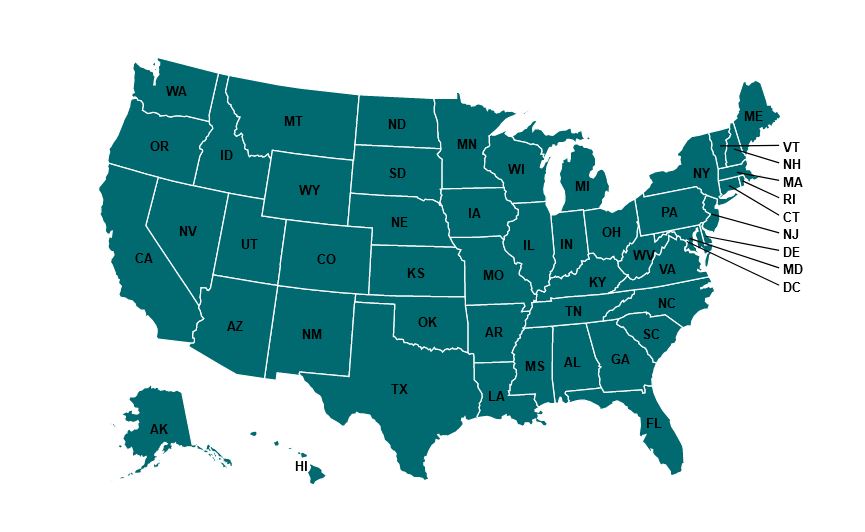Unpaid overtime increased sharply in 2023, according to a study commissioned by Rebel’s Guide to Project Management.
As the momentum from the Great Resignation starts to wane, employees are finding that their bargaining power isn’t what it used to be. About a year ago, job opportunities and rising wages were abundant, but now, those trends are reversing, with fewer openings and slower wage growth.
A recent comprehensive study of US working trends by Rebel’s Guide to Project Management unveils that the amount of unpaid overtime labor that workers are contributing saw a large uptick in 2023.
They surveyed 3,000 employees, and the data reveals a collective surge of 46 billion unpaid overtime hours in 2023 (in the US, but we can guess that the trend is similar in other countries too), dwarfing figures from the previous year. On average, workers were contributing an additional 4.5 hours per week for no compensation, totaling an extra 233 hours annually.
The survey didn’t only focus on project management professionals, but as many office workers these days have an element of project work, how many of those hours do you think are down to project tasks running over or employees not having the time in the day to complete their project activities alongside their day job?
Residents of New Hampshire are bearing the brunt of this trend, reporting nearly 10 extra hours of unpaid overtime each week. Conversely, Montanans have seen a slight decrease in such hours.
The top 5 states which who worked more in 2023:
1. New Hampshire (9.9 more hours)
2. Iowa (7.6 more hours)
3. Alaska (7.4 more hours)
4. Utah (6.3 more hours)
5. North Carolina (6.1 more hours)
The 5 states with the smallest increases in unpaid overtime:
50. Montana (0.6 hours less)
49. Hawaii (0.9 more hours)
48. Idaho (1.9 more hours)
47. Maryland (2.1 more hours)
46. Arizona (2.7 more hours)
45. Arkansas (2.9 more hours)
“We were surprised to see that employees are working over the equivalent of a month’s effort on average – for free, and above and beyond their normal hours,” says Elizabeth Harrin of Rebel’s Guide to Project Management. “We’ve moved beyond quiet quitting and the power is back with employers.”
According to Harrin, the modern concept of ‘free time’ has evolved.
“What was once considered personal time has increasingly been ceded to employers,” she says. “The dynamics of work are changing again, and that has implications for managing burnout, fair compensation practices, policy, and more.”
However, what we are also seeing more of is the type of corporate travel where whole project teams come together in one location for an extended period to work on a particular part of a project. This has proved to increase productivity so the added expense of travel and accommodation for a whole team is seen as a cost-effective solution to delivering successful projects. Organisations will tend to lease serviced accommodation to house employees that have good amenities and communal spaces – the end-result being that motivation is also boosted. Maybe more extended business trips – that boost productivity and staff motivation – could be yet another way of working that enables ‘free time’ to be regained when those employees are back at home base.
Harrin, who is the author of Managing Multiple Projects, provides the following tips on what employees can do to be more efficient with their time and reduce their working hours:
1. Track Time: Log your work hours to identify patterns of unpaid labor. Use this data to discuss workload with your employer, and negotiate fair compensation for overtime hours, especially when taking on roles that extend beyond the typical workday.
2. Set Boundaries: Clearly define work hours and stick to them. Use your out of office message to let people know when you will next be available, and don’t download work apps to your personal phone.
3. Prioritize Ruthlessly: Focus on tasks that align with key project goals. If it’s not critical, delegate or defer it.
4. Leverage Technology: Automate repetitive tasks and learn how to use all the features of project management tools to streamline workflows.
5. Communicate Efficiently: Opt for asynchronous communication when possible to avoid unnecessary meetings. Use AI assistants to summarize meeting takeaways and create minutes.
6. Educate Yourself: Understand the labor laws and regulations regarding overtime. Know your rights and when to seek guidance.
7. Lead by Example: Don’t expect colleagues to work uncompensated overtime. Manage your own hours and advocate for employees and peers for fair compensation.



